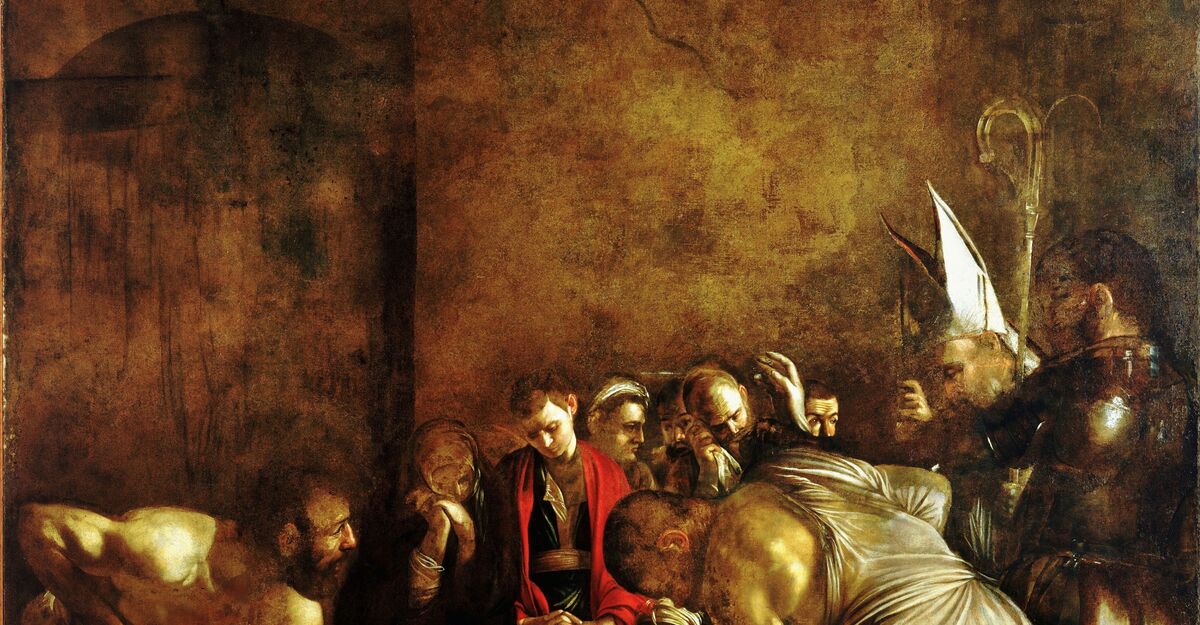Spotlight: Caravaggio


Spotlight on Michelangelo Merisi da Caravaggio (1571–1610)
This page continues our series of ‘VCS Spotlights’, each of which features a particular artist or key groupings of artworks from our site. Here, we look at Michelangelo Merisi da Caravaggio (1571–1610), perhaps better known as just Caravaggio.
Introduction to Caravaggio
Caravaggio is the name of the artist’s home town in northern Italy, where he was born Michelangelo Merisi in 1571. In 1592 he moved to Rome, where he specialised in still lives and half length figures, until in 1595 he was ‘discovered’ by Cardinal Francesco del Monte. Through the Cardinal’s network of powerful and influential patrons, Caravaggio received his first public religious commissions after which his reputation grew exponentially. Remarkably, he often used ordinary people with characterful faces as models for his saints and holy figures. Caravaggio quickly became one of the most revolutionary protagonists of European art. His best works reveal the psychological rather than merely the physical dimension of his subjects.
Caravaggio’s tempestuous life matched the theatricality of many of his works. In 1606, he had an argument that escalated into an armed altercation. Caravaggio’s rival died of a stab wound. The painter left Rome in a hurry, went to Naples, and ultimately to the island of Malta, where he managed to become a Knight of Malta (the Sovereign Military Hospitaller Order of Saint John). In return for an altarpiece of the Beheading of John the Baptist, he was granted membership. His violent character caused trouble again and he was sent to prison after fighting with a fellow member of the Order. He later escaped from prison and travelled around Sicily and Naples, always continuing his artistic practice and causing trouble. He died in Porto Ercole at the age of 38, where he was buried in an unmarked grave.
Caravaggio’s art influenced many painters in Rome, especially foreign artists working in the city. Among these are Dutch painters such as Hendrick ter Brugghen and the Spanish painters Jusepe de Ribera and Francisco de Zurbarán. ‘Caravaggism’ became an international movement in Baroque Europe, in which painters pushed the figures up against the picture plane and used light to enhance dramatic impact. Important for the rediscovery of Caravaggio’s role and legacy was the eminent Italian art historian Roberto Longhi (1890–1970), who put the painter back on the map after a long period of neglect.
VCS Caravaggio Video: Supper at Emmaus
Caravaggio on the VCS
Explore more paintings by Caravaggio by clicking on the images below.
More Spotlights



![Madonna and Child with St Anne [Dei Palafrenieri] by Michelangelo Merisi da Caravaggio](https://images-live.thevcs.org/iiif/2/AW0338_Michelangelo+Merisi+da+Caravaggio_Madonna+and+Child+with+St+Anne_ART83793_cropped.ptif/full/!700,700/0/default.jpg)















